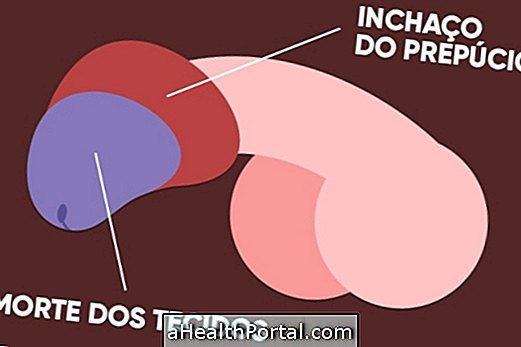Absence seizures are a type of epileptic seizure that can be identified when there is sudden loss of consciousness and vague gaze, standing still and looking like you are looking at space for about 10 to 30 seconds.
Absence seizures are more common in children than adults, are caused by abnormal activity in the brain and can be controlled with anti-epileptic drugs.
Absence crises usually do not cause physical damage and the child naturally stops having crises in adolescence, but some children may have the crises for the rest of their lives or develop other seizures.
How to identify the crisis of absence
The crisis of absence can be identified when the child, for about 10 to 30 seconds:
- He suddenly loses consciousness and stops speaking, if he were speaking;
- It stands still, without falling to the ground, with a vacant look, usually turned upwards;
- It does not respond to what is said to it nor does it respond to stimuli;
- After the crisis of absence, the child recovers and continues doing what he was doing and can not remember what happened .
In addition, other symptoms of the absence crisis may be present such as blinking or rolling eyes, squeezing lips, chewing or making small movements with the head or hands.
Absence crises can be difficult to identify because they can be confused with lack of attention, for example. Hence, it is often the case that one of the first clues that a parent might have that the child is having absence crises is that he is having attention problems in school.
When to go to the doctor
In the presence of symptoms of absence crisis, it is important to consult a neurologist to make the diagnosis through an electroencephalogram, which is an examination that evaluates the electrical activity of the brain. During the examination, the doctor may ask the child to breathe very quickly, as this may trigger an absence crisis.
It is very important to take the child to the doctor to make the diagnosis of absence crisis because the child may have learning difficulties in school, develop behavior problems or social isolation.
How to deal with the absence crisis
Treatment of the absence crisis is usually done with anti-epileptic drugs, which help prevent seizures of absence.
Normally, up to age 18, absence crises tend to stop naturally, but it is possible that the child may have bouts of absence for the rest of his life or develop seizures.




















